Do you know these plushies? The Global Phenomenon of Milk & Mocha Bears
Foreword
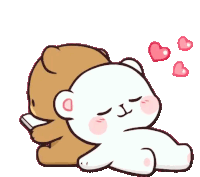
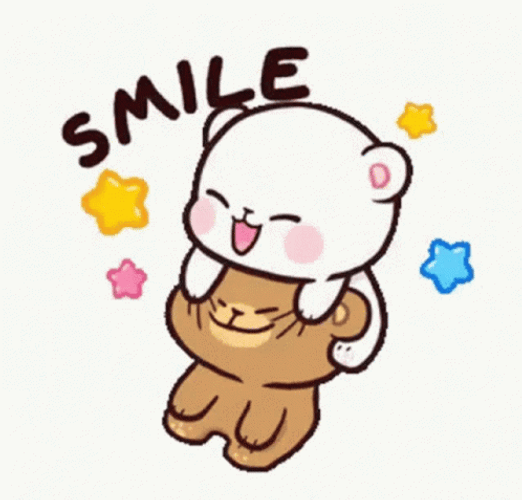
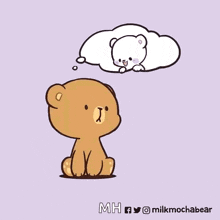
Milk and Mocha stickers are simply gifs, all maintained in one style (warm, sweet, kawaii) depicting various situations. We have funny animations where Milk is bored and "torments" her phlegmatic brown partner out of boredom. We see situations where Milk cries, and calm Mocha tenderly wipes her tears with tissues. 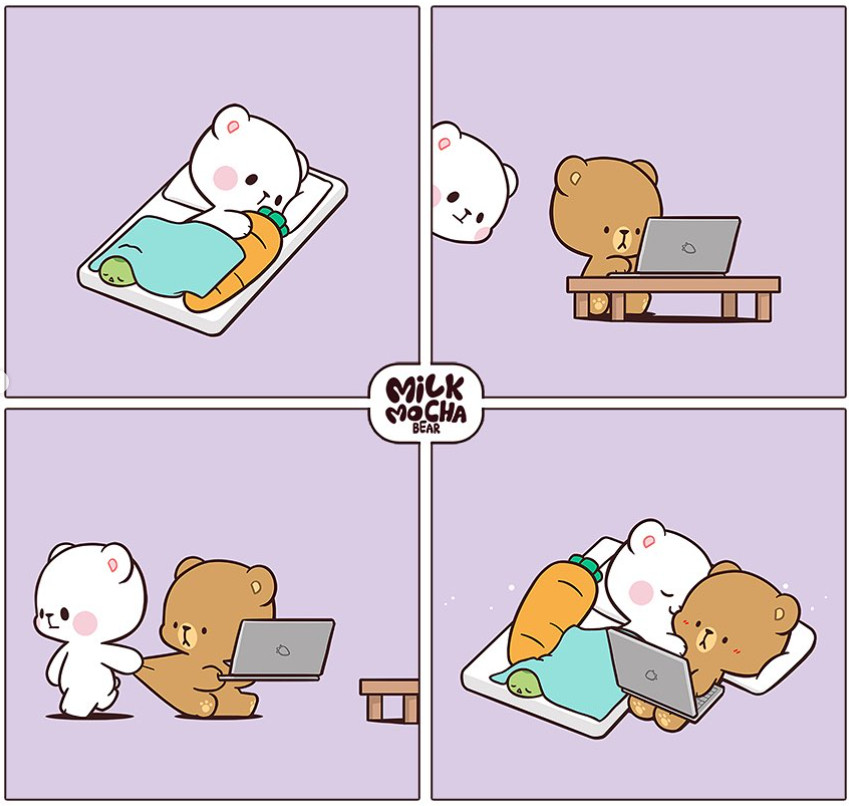
Since we first started using Milk & Mocha animations in our communication, shyly at first, then more and more adeptly, many years have passed.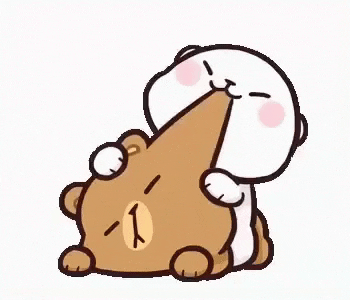
Let's take a closer look at this phenomenon.
Who is Melani Sie?

Before Milk and Mocha became a global phenomenon, Melani Sie worked as a freelancer, creating graphics and illustrations for various clients. Her passion for drawing and creating characters that can express emotions and tell stories was evident in her earlier works. Sie has always been fascinated by the kawaii style, and her works often reflected this aesthetic - cute, smile-inducing, and warm.
The decision to create Milk and Mocha was a turning point in her career. Initially designed as a series of stickers for use in the LINE app, these characters quickly took on a life of their own, allowing Sie to transition from freelance designing to managing the growing universe of Milk and Mocha. The success of these characters enabled her to establish Klova Studios, a studio dedicated to developing the stories and products related to Milk and Mocha, in collaboration with Gigih Hartanto.
History and creators

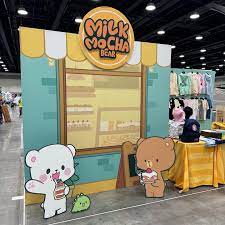
In 2018, Melani Sie, along with Gigih Hartanto, who shared her passion for creating adorable kawaii-style characters, founded Klova Studios – a studio dedicated to the development of Milk and Mocha. Gigih Hartanto, a friend and collaborator of Melani, contributed to further developing the story of the bears, giving their adventures more emotional depth.

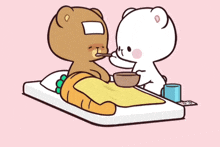
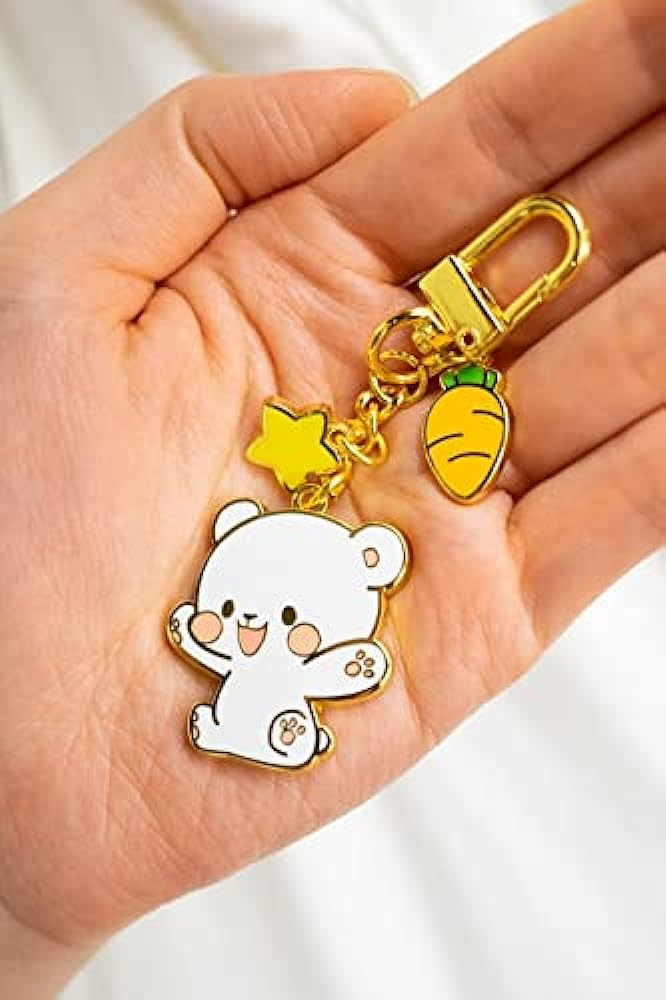
In her personal life, Sie values family and friends, often drawing inspiration from her own experiences to create new adventures for Milk and Mocha. Her work, full of positive messages and emotions, reflects her life approach – finding joy in simple moments and relationships. Melani Sie, through Milk and Mocha, has proven that art can be a powerful tool for connecting people, regardless of their background or language. Or form, because after all, we are talking about gif stickers.
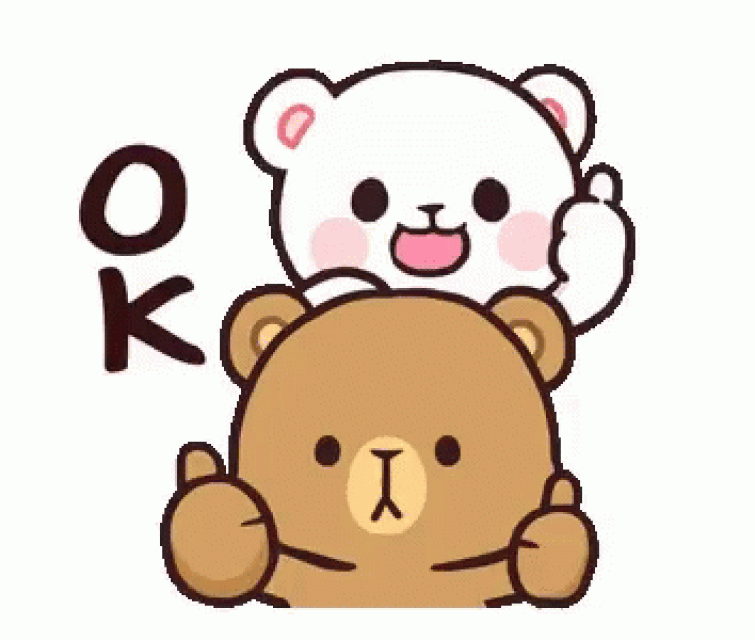
Global Development of the Brand
 Debut
Debut
Since their debut on the LINE platform in 2016, Milk and Mocha bears have quickly won the hearts of users worldwide. As of February 26, 2024, their official Instagram account @milkmochabear has gathered over 1.5 million followers, becoming an important and recognizable symbol of kawaii culture on the Internet. Interactions on this account often exceed 100,000 likes per post, and comments are filled with expressions of love and identification with the situations depicted by the bears.
On Facebook and LINE, the number of fans also grew at an impressive pace. Milk and Mocha stickers were used not only for personalizing conversations but also as a means of expressing emotions and feelings. In the first few years of their appearance, the number of sticker downloads exceeded millions, testifying to their immense popularity.
 Export Abroad
Export Abroad
Initially targeted at users in Indonesia, the characters quickly gained popularity beyond the country's borders, becoming hits in places like Thailand, Taiwan, the United States, and India. The dynamic growth of the international fan base was supported by translations of comics and the availability of toys and other merchandise on the global market, further solidifying their position in pop culture.
Interest in the characters quickly translated into demand for physical products. The range of offered items quickly expanded, including plush toys, keychains, clothing, office supplies, and even home decorations. Milk and Mocha plushies, available in various sizes, became particularly popular, with thousands of units sold worldwide.
 Expansion
Expansion
As the popularity of Milk and Mocha grew, Klova Studios entered into collaborations with other brands, thereby expanding the product offering. Limited editions, special collections, and joint projects with other popular characters or clothing brands allowed for even greater fan engagement. Thanks to these collaborations, Milk and Mocha Bear found not only a virtual but also a physical presence in the world of their admirers.
 Where do these celebrity bears appear?
Where do these celebrity bears appear?
Milk and Mocha bears currently have a significant presence in the media, not just as cute gifs, but also through various other forms of content, from comics to animations, and even games and applications. The comics, mainly published on their official social media pages such as Instagram, depict the daily adventures and interactions between Milk and Mocha, often illustrating themes of love, support, and friendship. These stories, full of warmth and humor, appeal to a wide audience, crossing the language barrier thanks to the universality of the emotions expressed.
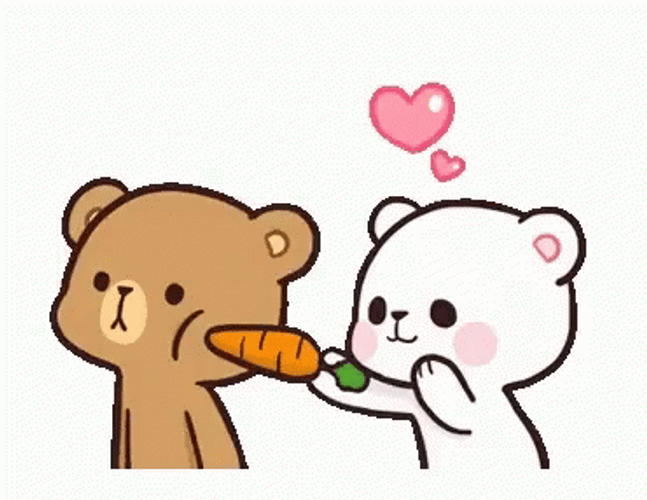
Milk and Mocha have made a significant impact on popular culture, especially within the context of kawaii culture. Their popularity has inspired creators worldwide to develop similar characters that carry comparable emotional and aesthetic values. Characters such as Peach and Goma or Bubu and Dudu, like Milk and Mocha, emphasize the importance of relationships and emotions in their stories.
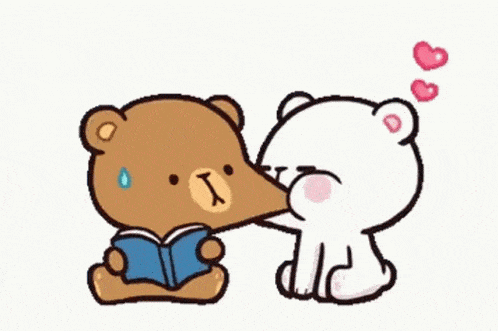
Conclusion

In practice, Milk and Mocha stickers are used not only by lovers. For example, in Indonesian schools, teachers use these characters to build a positive atmosphere in the classroom, and in companies, managers use them to motivate teams.
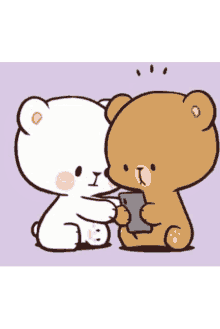
So, before anyone claims that an article was written about silly gifs. No, at least in the humble understanding of the author, the above article was about one (of many) ways to accurately and efficiently express one's feelings between close people. And it's not a bad way at all.
>SEE SIMILAR ARTICLES:
Kawaii: The Evolution of Sweetness in the World of Anime and Manga
Surprising World of Gyaru: How Young Japanese Women Flipped Japanese Beauty Standards Upside Down
Nico Nico Douga: Japan's Answer to YouTube
Overview of Nico Nico Douga's Domestic Scene - What Drives the Japanese?
"Strong Japanese Women"
see book by the author
of the page
未開 ソビエライ
An enthusiast of Asian culture with a deep appreciation for the diverse philosophies of the world. By education, a psychologist and philologist specializing in Korean studies. At heart, a programmer (primarily for Android) and a passionate technology enthusiast, as well as a practitioner of Zen and mono no aware. In moments of tranquility, adheres to a disciplined lifestyle, firmly believing that perseverance, continuous personal growth, and dedication to one's passions are the wisest paths in life. Author of the book "Strong Women of Japan" (>>see more)
Personal motto:
"The most powerful force in the universe is compound interest." - Albert Einstein (probably)
Mike Soray
(aka Michał Sobieraj)
未開 ソビエライ
An enthusiast of Asian culture with a deep appreciation for the diverse philosophies of the world. By education, a psychologist and philologist specializing in Korean studies. At heart, a programmer (primarily for Android) and a passionate technology enthusiast, as well as a practitioner of Zen and mono no aware. In moments of tranquility, adheres to a disciplined lifestyle, firmly believing that perseverance, continuous personal growth, and dedication to one's passions are the wisest paths in life. Author of the book "Strong Women of Japan" (>>see more)
Personal motto:
"The most powerful force in the universe is compound interest." - Albert Einstein (probably)
Mike Soray
(aka Michał Sobieraj)
Write us...
Ciechanów, Polska
dr.imyon@gmail.com
___________________
inari.smart
Would you like to share your thoughts or feedback about our website or app? Leave us a message, and we’ll get back to you quickly. We value your perspective!

 Debut
Debut Export Abroad
Export Abroad Expansion
Expansion Where do these celebrity bears appear?
Where do these celebrity bears appear?


